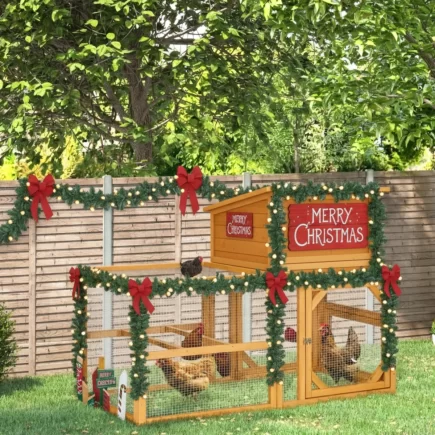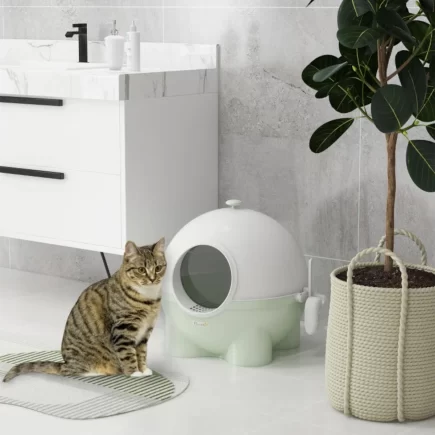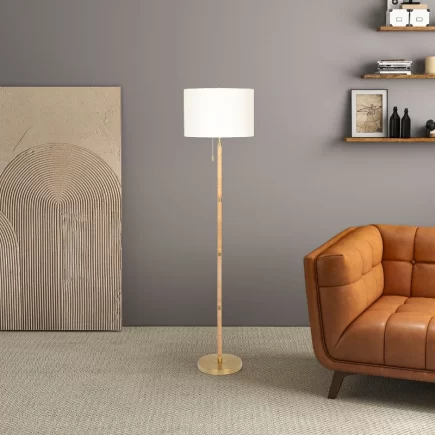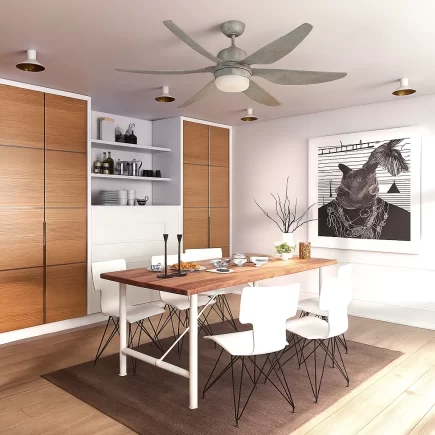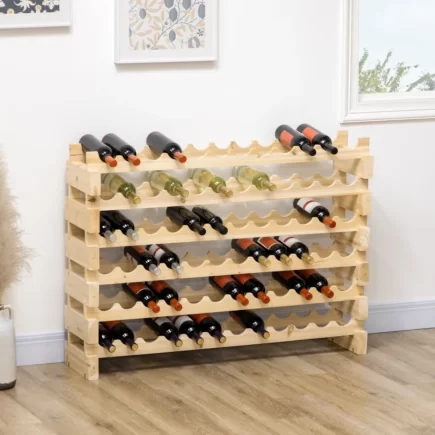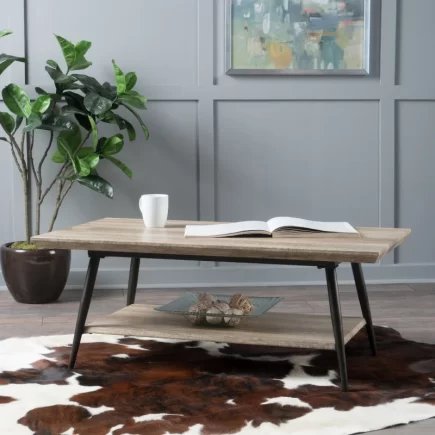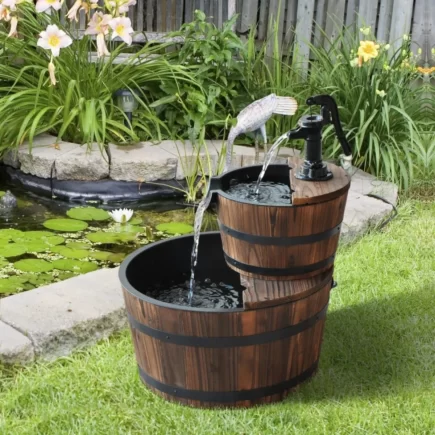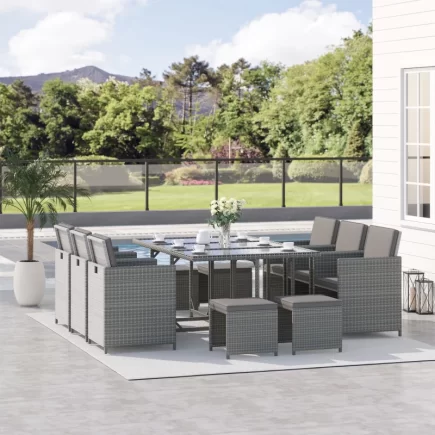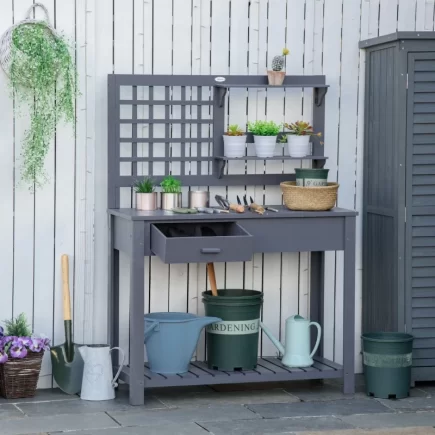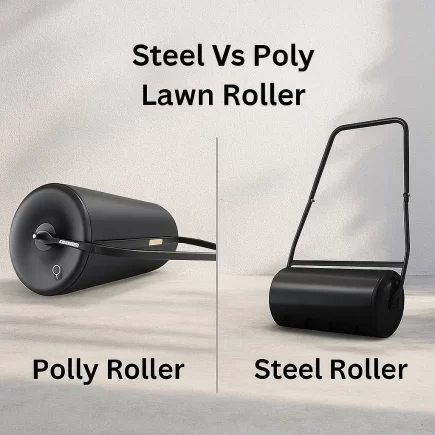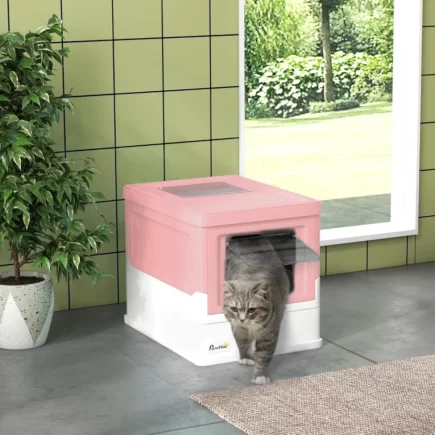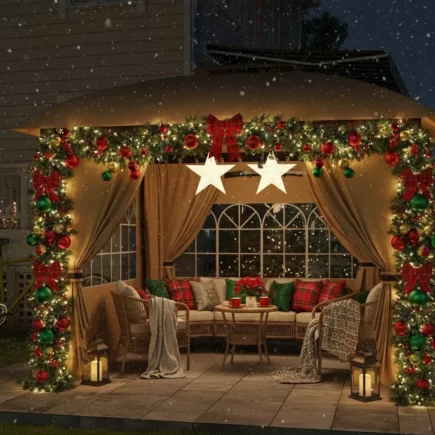Bar stools do more than give you a place to sit; they shape the look, feel, and function of your kitchen, dining area, or home bar. Whether you’re remodeling your kitchen or simply upgrading your island seating, choosing the right bar stool can make a huge difference.

The wrong stool height can ruin your kitchen experience. Here’s how to get it right.
Not only do the right stools help define your space visually, but they also affect how comfortable and functional that space is for you and your guests.
Measure First: Understanding Bar Stool Heights
Before diving into materials, styles, or features, the first and most important step is understanding bar stool height. Choosing the right height ensures comfort and proper ergonomics, especially when eating, drinking, or working at a counter.
What’s the Standard Bar Stool Height?
Stool height should correspond directly to the height of your counter or table. Here’s a breakdown of standard bar stool sizes and their ideal uses:
| Type | Seat Height | Ideal Counter Height |
| Counter Stool | 24–27 inches | 35–36 inches |
| Bar Stool | 28–32 inches | 41–43 inches |

How to Measure Your Counter or Table Height
- Use a tape measure to check the height from the floor to the top of your counter.
- Subtract 9 to 13 inches from that number to get your ideal seat height.
- Pick a stool size accordingly.
Choose the Right Style for Your Space
Beyond height, style plays a major role in how your bar stools enhance the room. Whether you prefer a modern, cozy, or industrial look, there’s a stool style that can elevate your space.
Material Matters: What Your Stool is Made Of
Material affects everything from aesthetics and comfort to maintenance and durability. Each type has its own pros and cons.
Common Bar Stool Materials
| Material | Pros | Cons |
| Wood | Warm, timeless, sturdy | Can dent/scratch |
| Metal | Sleek, strong, low-profile | Cold surface, noisy |
| Upholstered | Comfortable, luxurious | Needs upkeep, can stain |
| Plastic | Lightweight, affordable | Less durable |
| Rattan/Wicker | Airy, stylish | Not ideal for outdoor moisture |
Comfort Features to Consider
A stool’s design isn’t just about looks, it’s about how it supports your body, especially if you’re sitting for long periods. Here’s what to keep in mind:
With Back vs Backless
- With back: Offers support and comfort. Great for dining, long chats, or work-from-kitchen setups.
- Backless: Saves space and slides under counters easily. Better for short-term seating or minimalist kitchens.

Footrests, Armrests
- Footrests: Essential for ergonomic leg support. Look for a horizontal bar positioned comfortably for your height.
- Armrests: Add comfort but can limit how far the stool tucks in.

Swivel vs Fixed Base
- Fixed: More stable, usually more compact, and safer for kids or elderly users.
- Swivel: Provides flexibility and ease of movement great for entertaining or tight spaces.

Matching Quantity with Layout
Knowing how many stools to buy isn’t just about how many people you want to seat, it’s about spacing.
How Many Bar Stools Do You Need?
Use this basic spacing guide to decide:
- Minimum spacing: 6 inches between stools for cozy seating
- Ideal spacing: 8–10 inches for elbow room and comfort
Layout-Based Planning
- U-shaped kitchens: Maximize corners with compact stools.
- L-shaped counters: Use stools on the longer edge for balance.
- Straight bars or islands: Go with evenly spaced seating to avoid overcrowding.
Safety and Stability
Whether you’re buying bar stools for a bustling kitchen or a cozy breakfast bar, safety and stability should be high priorities especially if kids, elderly family members, or guests with mobility concerns will be using them.
Weight Capacity & Build Quality
Always check the stool’s weight limit before buying. Most standard residential stools support around 250 to 300 pounds, while commercial-grade stools can support up to 400 pounds or more.
Bar Stools for Specific Spaces
Not all bar stools work equally well in every location. Choosing the right stool means considering how and where you’ll use them.
For Kitchen
This is the most common setup. Look for:
- Counter-height stools (24–27 inches)
- Backrests and footrests for comfort during daily use

For Home Bars
These are typically taller than kitchen islands, so you’ll want:
- Bar-height stools (28–32 inches)
- Swivel options for conversation and movement
- Stylish materials like chrome, velvet, or distressed metal for a lounge vibe

Maintenance and Cleaning Considerations
No matter how beautiful your stools are, if they’re hard to clean or prone to damage, you’ll regret the purchase. That’s why maintenance should factor into your decision.
Easy-to-Clean vs High-Maintenance Options
When it comes to bar stool upkeep, the material you choose plays a big role in how easy it is to clean and maintain over time.
Faux leather
Faux leather is one of the easiest options; it’s wipe-clean, stain-resistant, and ideal for homes with kids or pets, though it requires occasional care to maintain its appearance.
Metal Bar stools
Metal stools are another low-maintenance choice. A simple wipe with a damp cloth is usually enough, making them perfect for high-traffic kitchens or home bars.
Rattan or wicker Bar Stool
Rattan or wicker brings in a breezy, boho vibe but needs indoor use and careful vacuuming to maintain structure and appearance. Choose based on your lifestyle and cleaning tolerance.
Common Mistakes to Avoid When Buying Bar Stools
Many homeowners make choices based on looks alone and end up regretting it. Avoid these pitfalls:
- Not measuring properly: This leads to mismatched stools that are either too low or too high.
- Ignoring comfort: Sharp angles, no footrest, or no back support can make stools uncomfortable fast.
- Overcrowding your space: Too many stools make it hard to move around.
- Mismatching materials: Outdoor stools indoors? Indoor stools outside? They’ll wear fast or look out of place.
Choosing the perfect bar stool isn’t just about following trends or picking the flashiest design, it’s about finding a balance that works for your space, comfort level, lifestyle, and budget. A well-chosen bar stool enhances your kitchen or dining area, adds functionality, and elevates your everyday experience. If you’re ready to find stools that check every box, browse Bar Stools at Aosom. You’ll discover a wide selection of stylish, comfortable, and long-lasting options designed to suit every home and lifestyle.
FAQs
1. Can I use different styles of bar stools together?
Absolutely. Mixing styles can add visual interest if done intentionally. Try pairing similar colors or materials for cohesion, or mix one standout “accent” stool with a more neutral base set. This approach works well in eclectic or transitional design styles.
2. How do I keep bar stools from scratching my floor?
To protect your floors, use stools with built-in rubber feet or add felt pads to the bottom of the legs. For metal stools, consider silicone caps for better grip and scratch prevention. Regularly check for wear on these protectors and replace as needed.
3. How long should a quality bar stool last?
With proper care, a high-quality bar stool can last anywhere from 7 to 15 years. Longevity depends on material, construction, and usage frequency. Metal and hardwood frames typically last the longest, especially when paired with durable, easy-clean upholstery.



